How We Do It: A Collaborative Approach to Implementing Core Language within a School-Based Setting, Part 1
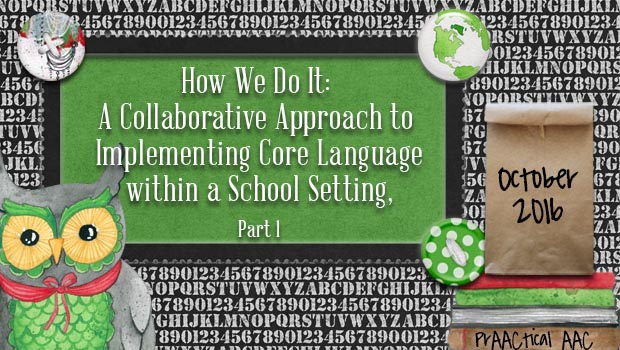
Nothing makes us smile like seeing teams in which professionals serving students with AAC needs work 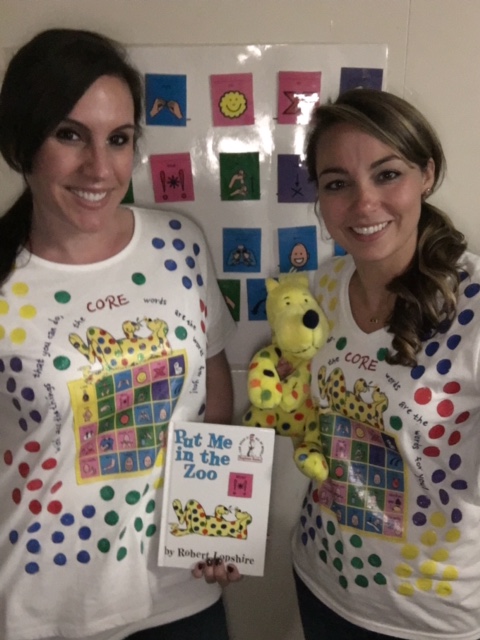 together to ensure that those students can use and grow their language skills. In this guest post, we learn about an approach that has worked for one such team, Lori Sanzeri and Chelsea Collins. Lori Sanzeri, MA CCC-SLP, TSHH, received her B.S. in Speech Language Pathology from SUNY Cortland in 2003 and M.A. from St. John’s University in 2009. She has worked for the NYC Department of Education since 2003 and teaches AAC and phonetics at St. John’s University. Chelsea Collins, MS CCC-SLP, TSSLD, received her B.S. in Special Education from Seton Hall University in 2009 and M.S. in Communicative Sciences and Disorders from New York University in 2012. She has worked for the NYC DOE since 2012 and specializes in AAC and early intervention. They are on Instagram as @thelanguageladies and have a Facebook page as well.
together to ensure that those students can use and grow their language skills. In this guest post, we learn about an approach that has worked for one such team, Lori Sanzeri and Chelsea Collins. Lori Sanzeri, MA CCC-SLP, TSHH, received her B.S. in Speech Language Pathology from SUNY Cortland in 2003 and M.A. from St. John’s University in 2009. She has worked for the NYC Department of Education since 2003 and teaches AAC and phonetics at St. John’s University. Chelsea Collins, MS CCC-SLP, TSSLD, received her B.S. in Special Education from Seton Hall University in 2009 and M.S. in Communicative Sciences and Disorders from New York University in 2012. She has worked for the NYC DOE since 2012 and specializes in AAC and early intervention. They are on Instagram as @thelanguageladies and have a Facebook page as well.
Today, they introduce us to Core City. We’re delighted that their approach builds on the Year of Core Vocabulary that we started in 2013, complete with core word calendars and booklists, with their own set of core words and activities. There is lots to love about Core City! Don’t miss the wonderful materials they are sharing and come back next month to see the second part of this post.
We were not always “believers” in core language. Over the years, we have had much success developing communication through the Picture Exchange Communication System and creating fun communication boards that were specific to every activity we performed. It is impressive when students are able to look through their books, and construct 5-word sentences such as “I want eat brown cookie,” and “I want blow big bubbles”.
and creating fun communication boards that were specific to every activity we performed. It is impressive when students are able to look through their books, and construct 5-word sentences such as “I want eat brown cookie,” and “I want blow big bubbles”.
However, although these sentences demonstrate the use of core words, we were getting stuck at the function of requesting. Our nonverbal students could construct complete sentences, but would not initiate or respond “Hi” to us.
Does that make sense? It didn’t to us either. And, that’s what lead us to realize there was a need for a systematic approach to core language intervention.
The Foundation of Core City
We have spent years developing a program that truly encourages the use of functional language throughout the day and pushes our team to go “BEYOND REQUESTING”. Our school consists of children with autism who have a wide range of verbal skills. We have found our collaborative approach to be highly beneficial for our early learners who are nonverbal, minimally verbal, echolalic, and demonstrate difficulty initiating the use of functional language.
Our approach to language intervention affords each child the opportunity to develop the necessary skills  to use AAC and become an independent communicator. We call our community “Core City”, a place where functional language is all around us! Reviewing our path to arriving at the Core City curriculum we have today, these five components are the foundation to the success to our program:
to use AAC and become an independent communicator. We call our community “Core City”, a place where functional language is all around us! Reviewing our path to arriving at the Core City curriculum we have today, these five components are the foundation to the success to our program:
- In the beginning of the year, we send home a parent introduction letter. This element welcomes families to Core City and provides expectations for home-carryover.

- A Core Calendar is distributed to every member of the team, administration, parents etc. to help stay focused, and set us up for success.
- You can see our example and download a free editable Year of Core calendar here.
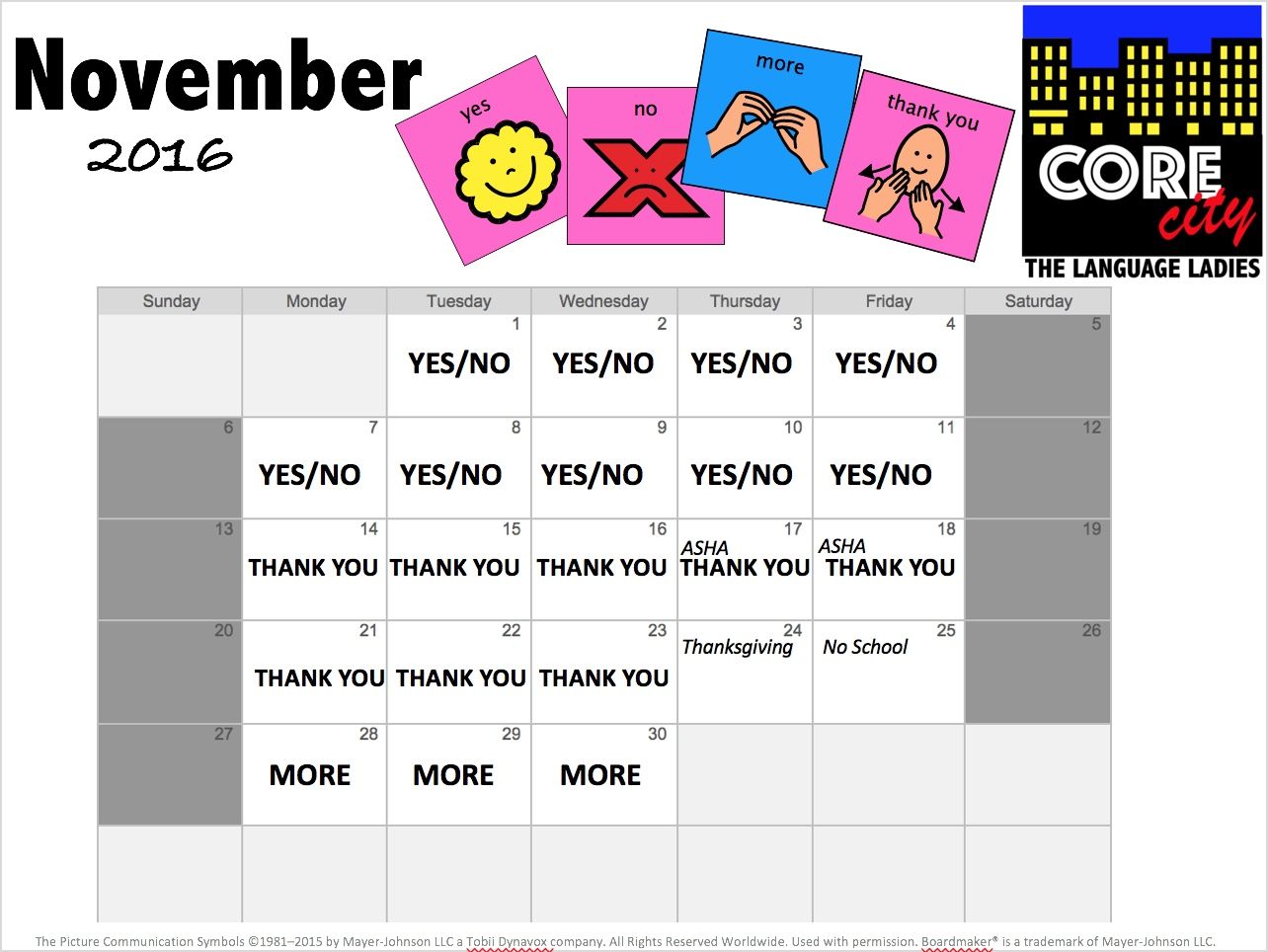
- In addition, a “MAP” and “MAP KEY” of Core City are sent home. This is an overview of the
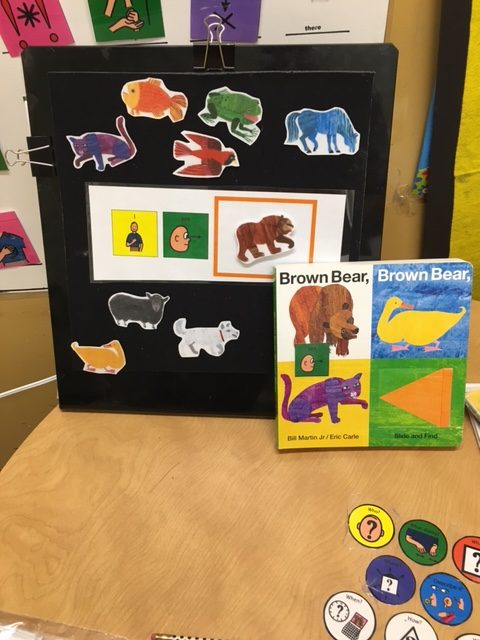 components of the entire core language program. This helps the team of educators, related service providers, and families to understand how we are going to build this city together!
components of the entire core language program. This helps the team of educators, related service providers, and families to understand how we are going to build this city together!
- Home carry-over activities are sent home via a “CORE CAB”. Parents are provided with a variety of suggested activities to help work on each word in their own home.
- We adapt our environment by placing picture symbols of each core word on several doors throughout our school. Each team member wears a LANYARD NECKLACE with the target symbol as well.
Core City: It Takes a Village
Below are some examples of how we have set up our collaborative model AAC classrooms. An important aspect to note is that the SLP changes the time they go into the classroom each day. For example, in previous years, we may have gone into a room every day to develop communication skills during structured snack. Most SLPs who work with children with Autism or special needs know that snack is a crucial portion of the day. Not only is it motivating, there are endless opportunities to elicit communication and core language throughout the activity.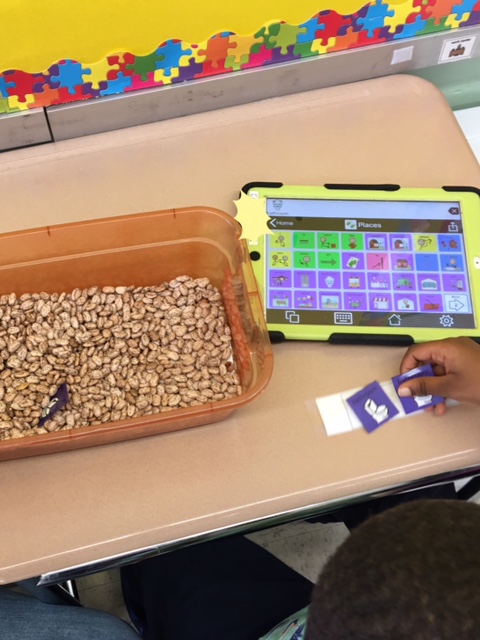
However, we have realized that our time can be used more wisely. If we go in for snack for 1-2 days a week, DEMONSTRATE our strategies, and explain expectations, these skills can be carried out for the other 4-5 days a week by trained staff. We try to do this for a few different periods a day and VOILA, appropriate AAC support and communication is happening THROUGHOUT the day, EVERY day!
- Busing, Breakfast and Lunch: Staff model and elicit spontaneous language on a core communication board and/or designated device.
- Work Stations: Sensory Search Activities: Several target words are placed in bins at separate work stations that contain sensory stimulating items such as beans, macaroni, rice, etc. A timer is set for 3 minutes. Students find the target word of that week and place it on a Velcro strip for 5-6 trials, all while staff are providing Aided Language Stimulation and/or students are activating speech generating devices. One bin has all 30 words hidden. Students search for each word and then match it to a complete core 30 board.
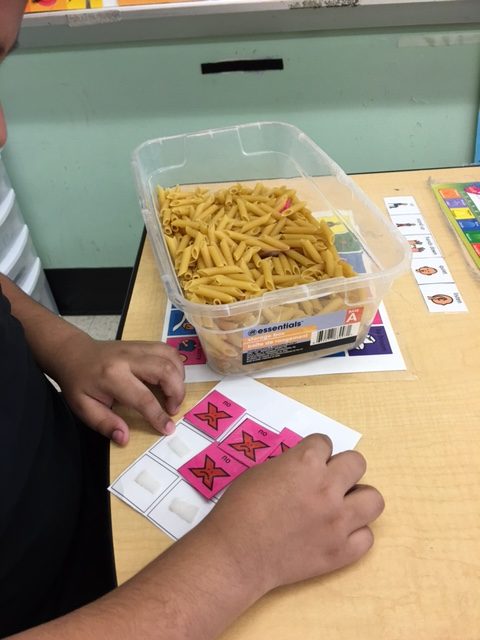
- Adapted Literacy Component: During this time, we work on the concept of the target word through repetitive exposure of the word throughout a structured literacy activity. For example, we use The Gigantic Turnip by Alexei Tolstoy to target the concept of “help”. You can download our free core booklist here.
- Interactive Core “Chatter Book”: These interactive books explain the different situations that each word can be used throughout the day. Children practice the word multiple times throughout the book by placing a picture symbol on each page while they are repeatedly exposed to the target word. Join our mailing list and get a free Interactive Core “Chatter Book” by sending an email to thelanguageladiesslp@gmail.com.

- Writing Activity: Children work on different levels of writing such as coloring a large target word, tracing shapes around the target word, tracing small and large uppercase and lowercase letters on lines, or writing individual letters of the word in boxes. Students also practice sound and letter recognition by pointing to the letters of the word in sequence on a keyboard. You can download a free example of a core writing activity for the target word “FINISHED” here.
- Small Group Play Activity: Children love to “take a break” from academics to participate in these activities. We LOVE working on words such as “more”, “again” and “wow” while blowing bubbles or “go”, “help” and “my turn” while playing with wind-up toys.
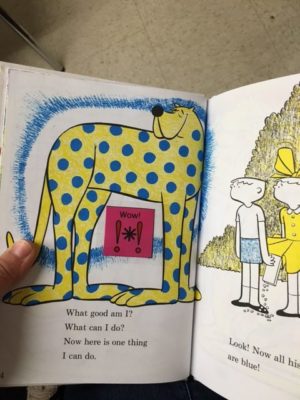
- Structured Snack Activity: Strategies are used to elicit core language with the least amount of prompting. Some basic target words that are used every day during snack include but are not limited to: I/ME, WANT, HELP, MORE, OPEN, FINISHED, HERE, and YES/NO. One of our most successful strategies is placing a small amount of any highly desired item into a clear container with a tight lid. We then give the container to the student after he/she initiates a request for the item and make sure to provide expectant time delay. It is amazing how fast we observe students learning to communicate “help” and “open”!
- Specials (Art, Music, APE etc.): In these areas we try to encourage our teachers to focus on at least ONE core word. For example, we placed a large “NEED” symbol on the table in the art room. We encourage the art teacher to point to it and verbalize the word as many times as she can with every class.
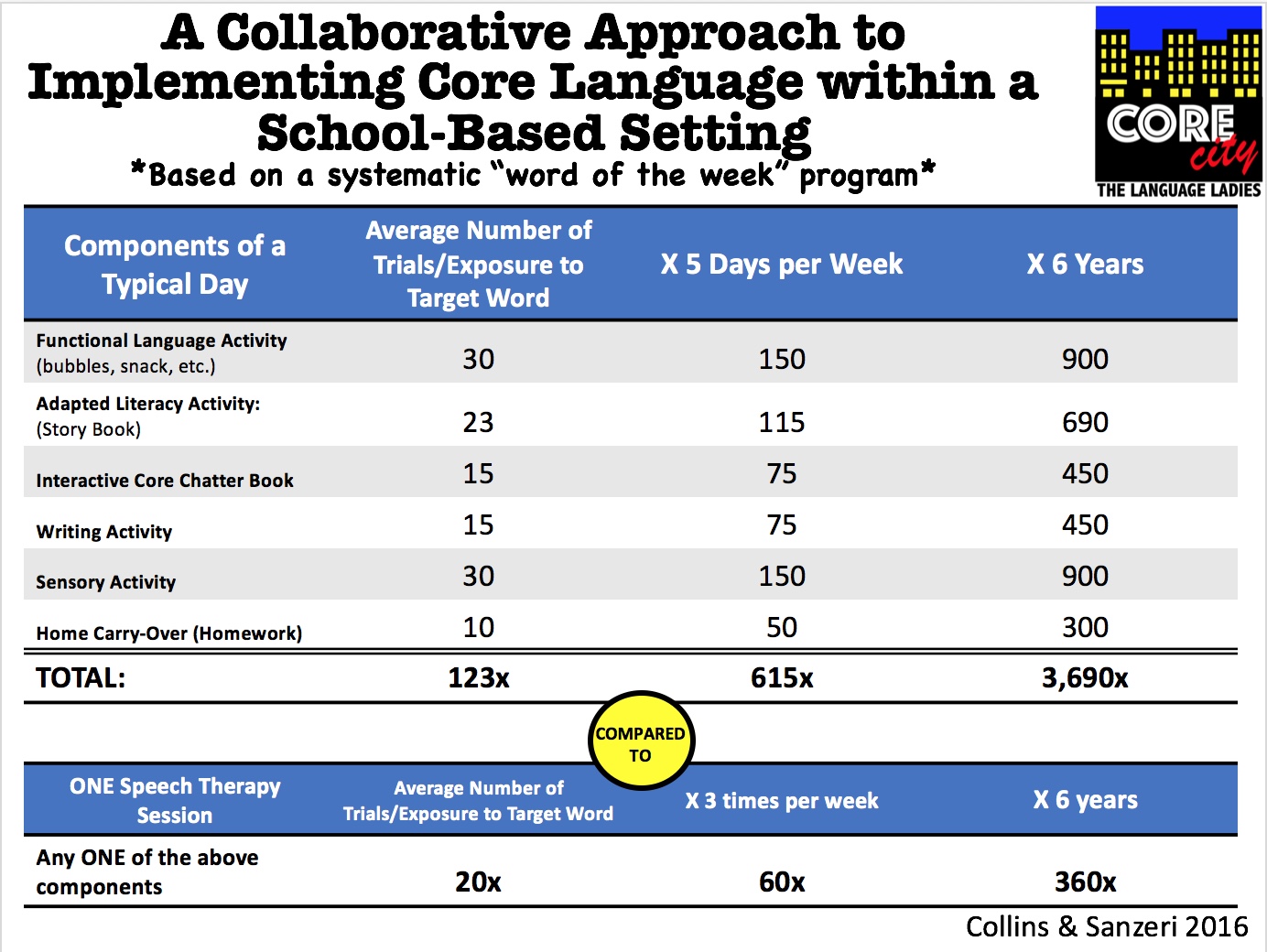
This chart was created to display the benefits of a collaborative approach to developing core language while using AAC in a school-based setting. If students are exposed to one target word per week, within a variety of activities throughout each day, across the entire year, for 6 years, they will be provided with 10 times more exposure when compared to individualized speech therapy in a separate location. Therapy services should always be provided based on what is best for the individual. This could even mean a combination of the two models!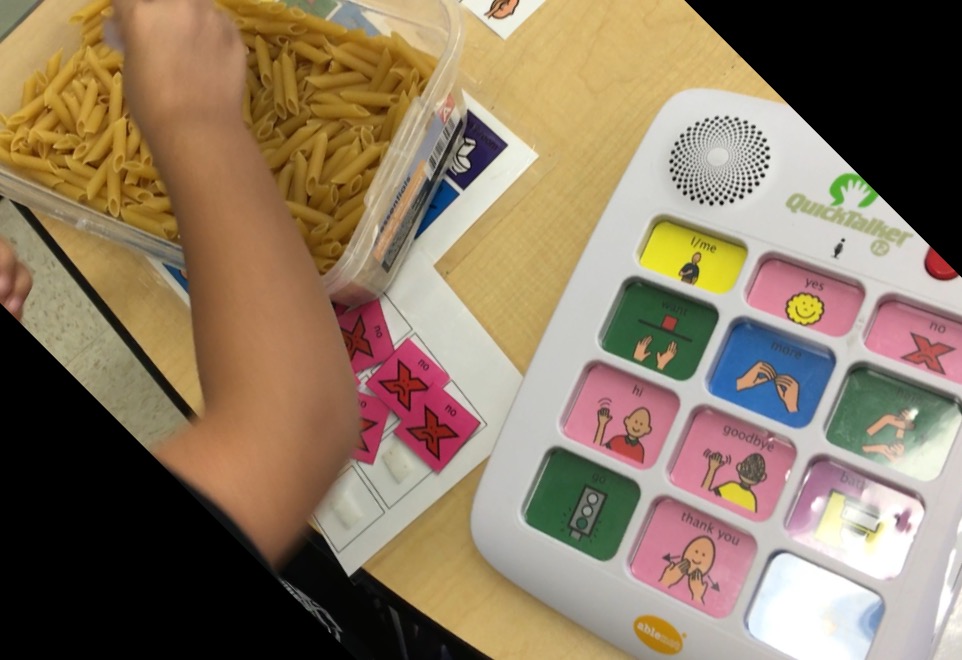
This year, we will be presenting our program within a 2-hour oral session at the ASHA Convention in Philadelphia, “Let’s Talk Autism: Learning Core Language Through Literacy”. We are so excited to share what we have developed and our enthusiasm for teaching core language. Come check us out and make sure to say hello on Friday, November 18th from 8:00-10:00 in Ballroom B.
Additional Resources:
Like learning about Core City? Stop by next month to hear about their approach to staff training. Let’s all get on board to support AAC learning in the classroom!
Filed under: Featured Posts, PrAACtical Thinking
Tagged With: A Year of Core Words, classroom, school
This post was written by Carole Zangari


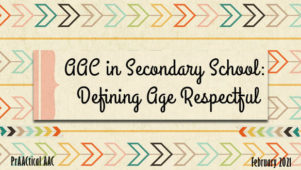
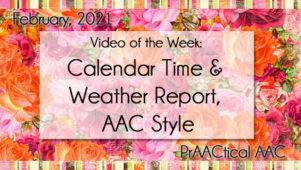
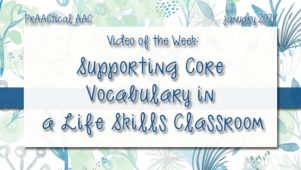
7 Comments
Is there an example anywhere of a letter to send home to parents about core language?
Hi Cate! There is an editable intro letter in every Complete Core Language Activity set. If you join our mailing list, we send this letter as a bonus with a complete Core Chatter Book!
Is there a way to edit the symbols (e.g., open files on boardmaker but be able to modify symbols) if we buy your program? Most of my kids are using symbolstix and are not familiar with PCS’s. I usually have to modify all of my symbols so they match their device symbols.
Hi Mariya!
All of our sets are only available in PDF version on TpT, however we have had positive feedback regarding editing the symbols in the Core Chatter Books. You can just make a page of the target symbol using your system and use those to teach the word. We wish we could have a set for every symbol system. Maybe one day! 🙂
I want to implement a classroom coreboard or activities listed above but I have students using all of the different symbol sets. What are your thoughts on how I could approach this?
Jenn, that’s great to hear! It is really challenging to figure out how to provide frequent aided language input when all the students use different AAC formats. From my perspective, an important variable is to think about what all of your students’ AAC systems have in common. If they are using similar layouts, for example, or symbols then things are a little easier. If so, then we can make large displays to use in modeling during group activities. We can also make smaller system-specific displays to model in 1:1 interactions and use those to supplement the modeling in group activities. It is not ideal, but it is do-able. It takes more time to prep multiple materials, of course, and more effort to learn multiple systems, but this approach does provide a workable option. Hope that makes sense.
I want the tee shirt. They are super cute. Are they for sell?